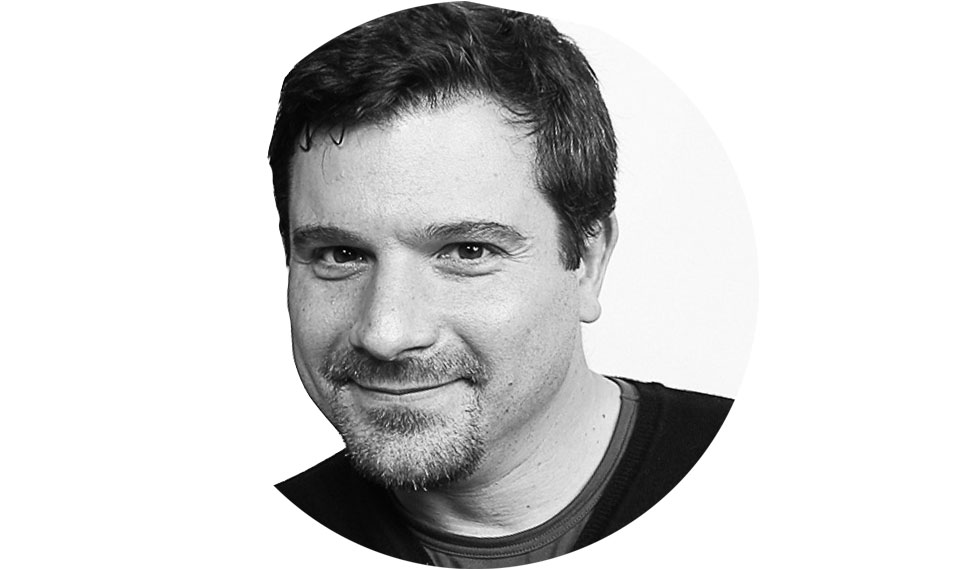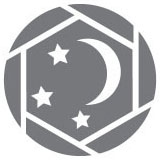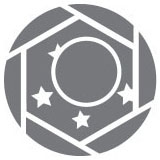Yellowstone South
At well over 2 million acres, Yellowstone is the second largest park in the lower 48. Covering three different states, this park has such a diversity of scenery and biospheres that we decided it was just too much to cover in one workshop! This, the first of our Yellowstone workshops, will cover the southern end of the park. From the Upper Geyser Basins and Old Faithful to the awe-inspiring yellow stone walls of the Grand Canyon of the Yellowstone, we’ll explore and photograph some of the more iconic features in the southern half of our first national park.
Workshop Gallery
Workshop Details
September 20-25, 2020 — Completed
This is a 5-night, 6-day workshop. Your adventure begins on the morning of Sunday, September 20, and ends after a final slideshow on the afternoon of Friday, September 25.
$1,750 + applicable taxes. Register below.
Skill level
Open to all who have an understanding of the basic principles of photography and of their cameras.
Class size
14, with 2 instructors — 7:1 ratio
NPS website
Our workshop mission is to explore every U.S. national park. As with all our Passport Series locations, it may be years (if ever) before we return to any specific park. If you have a dream of making epic long exposures at night in southern Yellowstone, we hope you join us.
Workshop Leaders
Register Now Waitlist Only
THIS EVENT HAS PASSED. THANKS FOR YOUR INTEREST!
Deposit of $500 is required to reserve your spot at the workshop.
Balance of $1,250 due on June 22, 2020. Pay balance here.
You may choose the “Pay in Full” ticket if you desire to pay all at once.
Last day for a cancellation request is June 21, 2020 (see cancellation and refund policy).
The workshop fee does not include transportation to and from the park, lodging, food or the park admission fee.
The Yellowstone Experience
This workshop is a 5-night, 6-day trip into the heart of Yellowstone. We’ll be exploring the largest geyser basin in the park, as well as the famous Yellowstone Lake and the geological marvel of the Grand Canyon of the Yellowstone.
Each area of the park will provide remarkably different nightscapes/landscapes and shooting challenges. We’ll light paint the steam from geysers, capture the Milky Way as it sets in the clear, early evening sky, and witness the golden glow of canyons under moonlight.
Wallace Stegner, historian and writer, called national parks, “The best idea we ever had. Absolutely American, absolutely democratic, they reflect us at our best rather than our worst.”
We here at National Parks at Night agree. Here in the word’s first national park, we are excited to share our love of the spirit of this greatest idea alongside our love of night photography. For The Benefit And Enjoyment Of The People.
What You Should Know
Participants must have at least basic photo skills, know their cameras well, and be comfortable shooting RAW in manual mode with a DSLR or high-end mirrorless camera.
Night photography experience is not necessary, but even folks with extensive experience shooting at night will find this class challenging, stimulating and inspiring. For more advanced night photographers, we can offer a portfolio review and specific challenges and goals, and will offer guidance in the field if you mainly want to concentrate on creating portfolio images or learning more advanced techniques.
If you would like to attend this workshop but are unsure whether you have adequate night photography skills, we can offer pre-workshop tutoring to get you ready for your adventure with us. Alternatively or additionally, a few of us have written books that may be productive pre-workshop reads.
What You Will Learn
We hope to push you to step outside your comfort zone—to test the limits of what you and your camera can do. You’ll go home after the workshop with a solid grasp of night photography in dark and moonlit environments, and a good foundation in light painting techniques.
TOPICS COVERED WILL INCLUDE:
how to photograph and edit star points
how to photograph and edit star trails
light painting and Low-level Landscape Lighting
how to use PhotoPills to plan a Milky Way shoot
This workshop will have both field and classroom instruction. We will be in the classroom nearly every day and out in the field each night. Participants can stay out shooting as long as they, or their camera’s batteries, hold out. While in the field, the instructors will demonstrate their own techniques, and will work with participants one-on-one to make sure everyone gets the most out of the workshop. During classroom sessions, there will be presentations by the instructors, but we will focus on developing your images and sharing everyone’s work and ideas with each other. Each day will have a review of the previous night’s work.
Our locations have generous room to explore, so everyone will be able to spread out and not get in one another’s way. Each participant will have the opportunity to work one-on-one with Tim and Chris in the field.
We do not tell our attendees what to photograph; instead, encourage you to use what you have learned to create your own unique images, and to let us guide you through the process should you desire. We do not teach you to do what we do, but rather how to develop your own night vision.
Night & Light Conditions
Travel
Yellowstone National Park is accessible from several smaller airports as well as Salt Lake City.
Nearby Airports:
Jackson, Wyoming (JAC) — 2 hours from our hotel at Old Faithful
Bozeman-Yellowstone (BZN) — 2.5 hours
Idaho Falls (IDA) — 2.75 hours
Salt Lake City (SLC) — 5.75 hours
Food & Lodging
Because Yellowstone is such a large park we’ll be staying in two locations to alleviate long drive times. We’ll call the Old Faithful area and the Canyon area home for the week.
You are not required to stay at the official workshop lodging, though doing so does make it easier to meet with the group each morning. Lodging info and group code will be sent after registering.
Both locations have typical “national park type” food options. You won’t starve, but please don’t expect Michelin-starred restaurants. We encourage eating two meals per day—a good breakfast and a great late lunch. When on the night shoots, you may wish to bring snack food or a sandwich and plenty of water. These items are readily available in both locations.
You are responsible for arranging and paying for your own meals and accommodations.
Weather
Weather in Yellowstone is extremely unpredictable and can vary enormously from day to day. Typical daytime temperatures may range from 25 to 65 F, with overnight lows dipping into the teens. Snow is not uncommon in the fall, which allows us to capture two seasons in one visit!
Recommended Attire
Pack for cold autumn weather as well as winter weather. Down coats, hats, winter gloves and base layers will all be needed in the cool night air. Layers are good. Bring many of them. There won’t be long hikes, but we will be on trails, so quality trails shoes or hiking boots would be optimal.
Considerations
No vigorous activity will be required during the workshop, but please consider your physical abilities prior to registering. You should be comfortable carrying your own equipment over uneven ground in the dark.
Please read our FAQs section for more information about skill and gear requirements, and other information that pertains to all our workshops.
If you have questions, please contact us—we're happy to talk it over with you.
Trail-Sharing, or Not ...
“For the most part bison move very slowly. Right up until they don’t. ”
Bison are more dangerous than dairy cows.
Growing up in New Jersey, the largest animal I ever encountered was our state’s dairy cows. I know what you are thinking. Cows in Jersey? Yup. Plenty of them. We also had grass. That’s what the cows ate. Cows are fairly gentle animals and sometimes you can even pet them. …
Moving to Montana in the early 1990s completely changed my perception of what constitutes a large dangerous animal. (Point of fact—7 of the 10 most dangerous North American animals call Yellowstone home. But at least we don’t have scorpions, alligators or sharks.) Elk, grizzlies, moose and bison are big. Really big. And potentially threatening.
My first visit to Yellowstone revealed the sheer mass of these animals. Subsequent visits reminded me of how dangerous they can be. For the most part bison move very slowly. Right up until they don’t. Then they are fast. Really fast. Bison are also willful. You can be that way when you tip the scales at over a ton. Thankfully most of my encounters have been with the slow-moving models, like the one that wanted to play chicken with me on a very narrow trail.
I was leading a workshop one winter when I decided to follow a trail to an overlook. The trail was snow-packed and the thick woods on either side were blanketed in waist-deep drifts. There was a bison on that trail. They like the hard-packed paths as much as we do. Because bison like to conserve energy in the winter due to the lack of food, this slow mover had no intention of going off trail to get around me. He just kept coming straight-on. I had three logical choices. Turn and run—in general, this is a bad choice with most wild animals. Turn around and walk quickly back to a clearing—this was my first choice until I realized a slip on the trail could result in an unpleasant trampling. Get off the trail—could I get through that snow fast enough to avoid his bulk?
I decided to move as fast as I could into the snow off trail. When the Bison passed me he was close enough to reach out and touch. I didn’t. In the end we both went our separate ways without incident. It reminded me, however, just how small and powerless we actually are. Nature is a powerful element, as are the creatures that inhabit it.
For me the wildness of Yellowstone is embodied in the ubiquitous and very visible wildlife. While I generally don’t photograph wildlife (I prefer slower moving quarry, like stars and geysers) their presence makes the Yellowstone experience truly unforgettable.
If I end up as an instructor for our Yellowstone North workshop, I’ll tell you about the bison that charged my car. It was a fast-moving model.


























